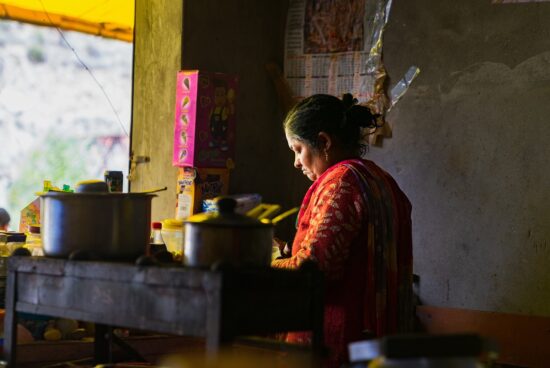Antibiotic resistance patterns of Staphylococcus aureus and Enterobacteriaceae isolated from street foods in selected towns of Ethiopia
This study investigated the bacterial safety and antibiotic resistance patterns of Staphylococcus aureus and Enterobacteriaceae in street foods from Addis Ababa, Hawassa, Dire Dawa, and Jimma, Ethiopia. Out of 525 food samples, 53% were contaminated by bacteria, while 54.3%) were contaminated with Escherichia coli. The most frequently isolated species were Staphylococcus aureus, with Shigella, Klebsiella, and Salmonella group A having significant statistical significance. The most resistant antibiotics were Erythromycin (54%), Streptomycin (17%), and Amoxicillin (14%). The study concludes that authorities should enforce safety measures and promote antibiotic use among street food vendors and the broader population.
AMR NEWS
Your Biweekly Source for Global AMR Insights!
Stay informed with the essential newsletter that brings together all the latest One Health news on antimicrobial resistance. Delivered straight to your inbox every two weeks, AMR NEWS provides a curated selection of international insights, key publications, and the latest updates in the fight against AMR.
Don’t miss out on staying ahead in the global AMR movement—subscribe now!







